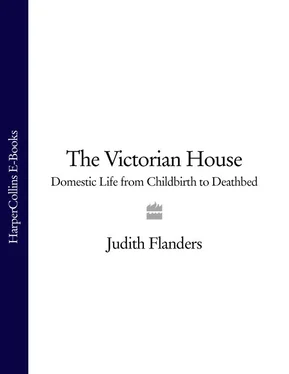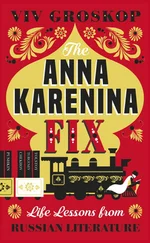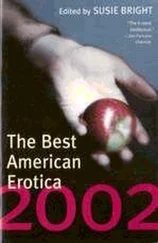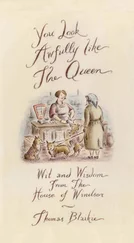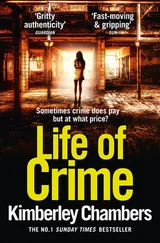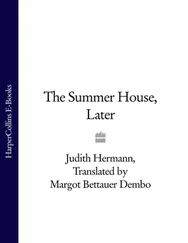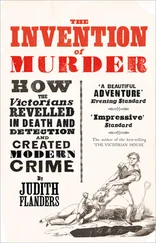THE VICTORIAN HOUSE
Domestic Life from Childbirth to Deathbed
JUDITH FLANDERS
DEDICATION CONTENTS COVER TITLE PAGE DEDICATION INTRODUCTION: House and Home 1 The Bedroom 2 The Nursery 3 The Kitchen 4 The Scullery 5 The Drawing Room 6 The Parlour 7 The Dining Room 8 The Morning Room 9 The Bathroom and Lavatory 10 The Sickroom 11 The Street APPENDICES 1 Mourning Clothes for Women 2 A Quick Guide to Books and Authors 3 Currency SELECT BIBLIOGRAPHY INDEX LIST OF INTEGRATED IMAGES ACKNOWLEDGEMENTS ABOUT THE AUTHOR NOTES PRAISE ALSO BY THE AUTHOR COPYRIGHT ABOUT THE PUBLISHER
For my mother, Kappy Flanders
COVER
TITLE PAGE THE VICTORIAN HOUSE Domestic Life from Childbirth to Deathbed JUDITH FLANDERS
DEDICATION DEDICATION CONTENTS COVER TITLE PAGE DEDICATION INTRODUCTION: House and Home 1 The Bedroom 2 The Nursery 3 The Kitchen 4 The Scullery 5 The Drawing Room 6 The Parlour 7 The Dining Room 8 The Morning Room 9 The Bathroom and Lavatory 10 The Sickroom 11 The Street APPENDICES 1 Mourning Clothes for Women 2 A Quick Guide to Books and Authors 3 Currency SELECT BIBLIOGRAPHY INDEX LIST OF INTEGRATED IMAGES ACKNOWLEDGEMENTS ABOUT THE AUTHOR NOTES PRAISE ALSO BY THE AUTHOR COPYRIGHT ABOUT THE PUBLISHER For my mother, Kappy Flanders
INTRODUCTION: House and Home
1 The Bedroom
2 The Nursery
3 The Kitchen
4 The Scullery
5 The Drawing Room
6 The Parlour
7 The Dining Room
8 The Morning Room
9 The Bathroom and Lavatory
10 The Sickroom
11 The Street
APPENDICES
1 Mourning Clothes for Women
2 A Quick Guide to Books and Authors
3 Currency
SELECT BIBLIOGRAPHY
INDEX
LIST OF INTEGRATED IMAGES
ACKNOWLEDGEMENTS
ABOUT THE AUTHOR
NOTES
PRAISE
ALSO BY THE AUTHOR
COPYRIGHT
ABOUT THE PUBLISHER
INTRODUCTION
HOUSE AND HOME
IN 1909 H.G.WELLS WROTE, in a passage from his novel Tono-Bungay, of Edward Ponderevo, a purveyor of patent medicines and
terror of eminent historians. ‘Don’t want your drum and trumpet history – no fear … Don’t want to know who was who’s mistress, and why so-and-so devastated such a province; that’s bound to be all lies and upsy-down anyhow. Not my affair … What I want to know is, in the middle ages Did they Do Anything for Housemaid’s Knee? What did they put in their hot baths after jousting, and was the Black Prince – you know the Black Prince – was he enamelled or painted, or what? I think myself, black-leaded – very likely – like pipeclay – but did they use blacking so early?’ 1
It is a comic view of history. Or is it? History is usually read either from the top down – kings and queens, the leaders and their followers – or from the bottom up – the common people and their lives. Political history and social history, however, both encompass the one thing we all share – that at the end of the day, after ruling empires or finishing the late shift in a factory, we all go back to our homes. Different as those homes are, how we live at home, where we live, what we do all day when we’re not doing whatever it is that history is recording – these are some of the most telling things about any age, any people. Mme Merle in Henry James’s The Portrait of a Lady (1881) notes how ‘one’s house, one’s furniture, one’s garments, the books one reads, the company one keeps – all these things are expressive’. 2
This is true of any age, but the Victorians brought the idea of home to the fore in a way that was new. As the Victorians saw ‘home’ as omnipresent, it has seemed to me useful to rely on the same sources that surrounded them and formed their notions of what a home should be – magazines, advertisements, manuals and fiction. In describing people’s daily lives, I look first at what theory prescribed and described in these print sources, and then try to discover the reality in reportage, diaries, letters and journals. Novels are used frequently, as fiction straddles the two camps in that it both set standards for ‘proper’, or ‘normal’, behaviour in theory and also described this behaviour in actuality. In using fiction as a source for how people actually behaved I have primarily relied on novels for information that the authors regarded as background material rather than key plot devices, and have always balanced them with other, more conventional, documentary sources for corroboration. *
By the mid nineteenth century magazine titles epitomized the centrality of the home in Victorian life, boasting the growing middle classes’ new allegiance: The Home Circle, The Home Companion, The Home Friend, Home Thoughts, The Home Magazine, Family Economist, Family Record, Family Friend, Family Treasure, Family Prize Magazine and Household Miscellany, Family Paper and Family Mirror. 3 They were not alone in their focus. Services were provided by ‘Family Drapers’, ‘Family Butchers’, even a ‘Family Mourning Warehouse’. 4 As the Industrial Revolution appeared to have taken over every aspect of working life, so the family, and by extension the house, expanded in tandem to act as an emotional counterweight. The Victorians found it useful to separate their world into a public sphere, of work and trade, and a private sphere, of home life and domesticity. The Victorian house became defined as a refuge, a place apart from the sordid aspects of commercial life, with different morals, different rules, different guidelines to protect the soul from being consumed by commerce. Or so it seemed.
Domesticity began to acquire a new importance in the late eighteenth century, and in half a century it had made such strides that the house as shelter from outside forces was regarded as the norm. The eighteenth century had been the age of the club and the coffee house for those who could afford them, the gin shop and street gatherings for those who could not. Male companionship in leisure time was the norm for men. Now women at home were looked at in a different light: they became, as John Ruskin was later to describe the home, the focus of existence, the source of refuge and retreat, but also of strength and renewal.
It was not one thing alone that created this powerful urge to domesticity, but a combination: the rise of the Evangelical movement and, almost simultaneously, of Methodism and other dissenting sects; improvements in mortality figures; and the creation of the factory as a place of employment. It is for these reasons that I have chosen to focus primarily on the period 1850 to 1890 – from the rise of the High Victorian era to the end of the recession that marked the 1870s and 1880s and led to the long Edwardian summer. These forty years were a dynamic era of much change. Yet it seems that this very dynamism led people to try to create a still centre in their homes, where things changed as little as possible. In many areas this period can be discussed as a unity, because that is how its participants hoped to see it: as a stable period, although the reality of rapid technological change could make this desire for stasis seem almost ludicrous. These conflicting desires are, I hope, represented with equal weight here.
One of the first forces of change came with the wave of Evangelical fervour that swept the country in the early part of the century. Evangelicals hoped to find a Christian path in all their actions, including the details of daily life: a true Christian must ensure that the family operated in a milieu that could promote good relations between family members and between the family members and their servants, and between the family and the outside world. The home was a microcosm of the ideal society, with love and charity replacing the commerce and capitalism of the outside world. This dichotomy allowed men to pursue business in a suitably capitalist – perhaps even ruthless – fashion, because they knew they could refresh the inner man by returning at the end of the day to an atmosphere of harmony, from which competition was banished. This idea was so useful that it was internalized by many who shared no religious beliefs with the Evangelicals, and it rapidly became a secular norm. 5
Читать дальше
